Reading comprehension Normal Consonants Worksheets
7 filtered results
-
From - To
Boost your child's reading skills with our engaging "Reading Comprehension Normal Consonants Worksheets." Tailored for early learners, these worksheets focus on reinforcing understanding of consonants through captivating stories and questions. Each activity encourages students to decode words and grasp their meaning in context, fostering critical thinking and comprehension abilities. Ideal for classroom or home use, our worksheets cater to diverse learning styles, making reading fun and effective. With vibrant illustrations and interactive exercises, children will develop their literacy skills while enjoying their reading journey. Explore our collection and help your child become a confident reader today!
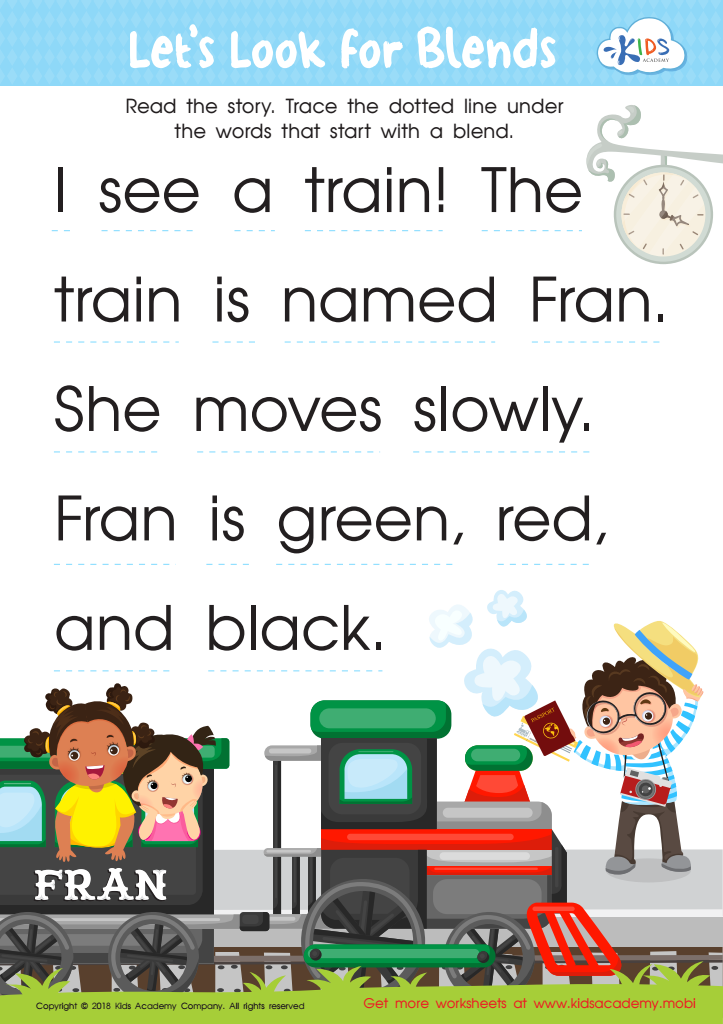

Let's Look for Blends Worksheet
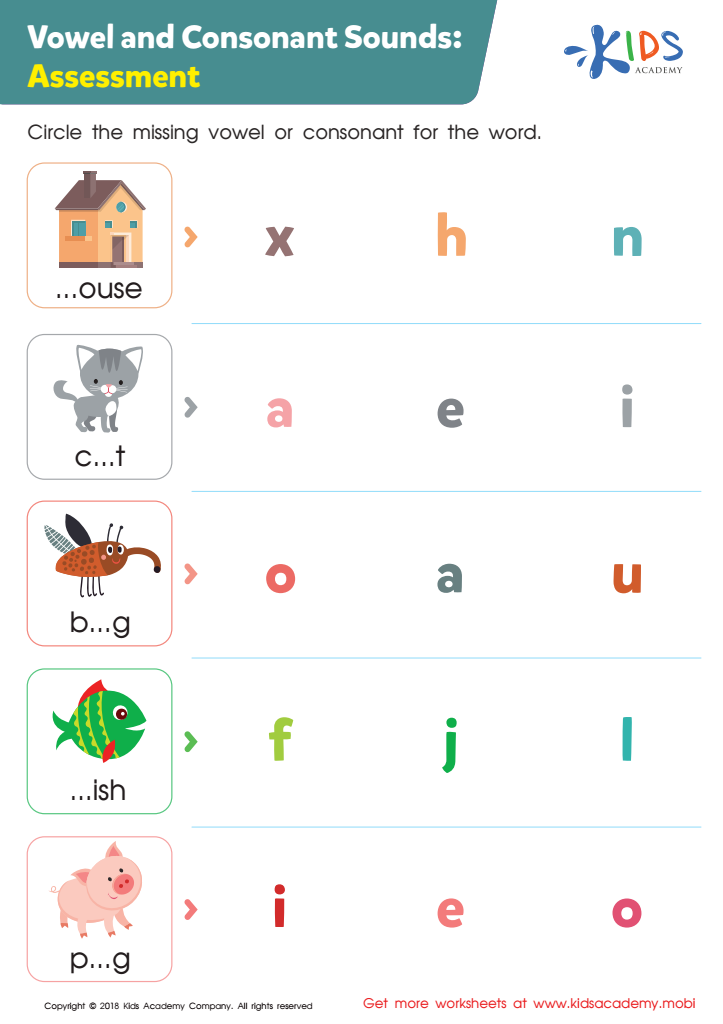

Vowel and Consonant Sounds: Assessment Worksheet


Shhh... What Digraph? Worksheet
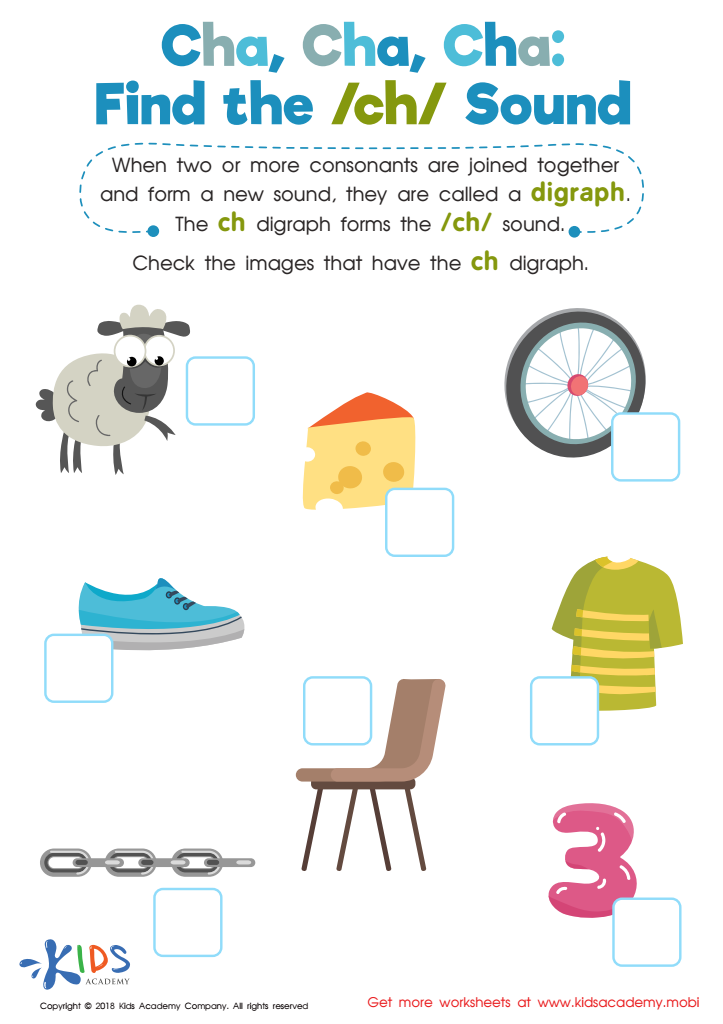

Cha, Cha, Cha: Find the /Ch/ Sound Worksheet
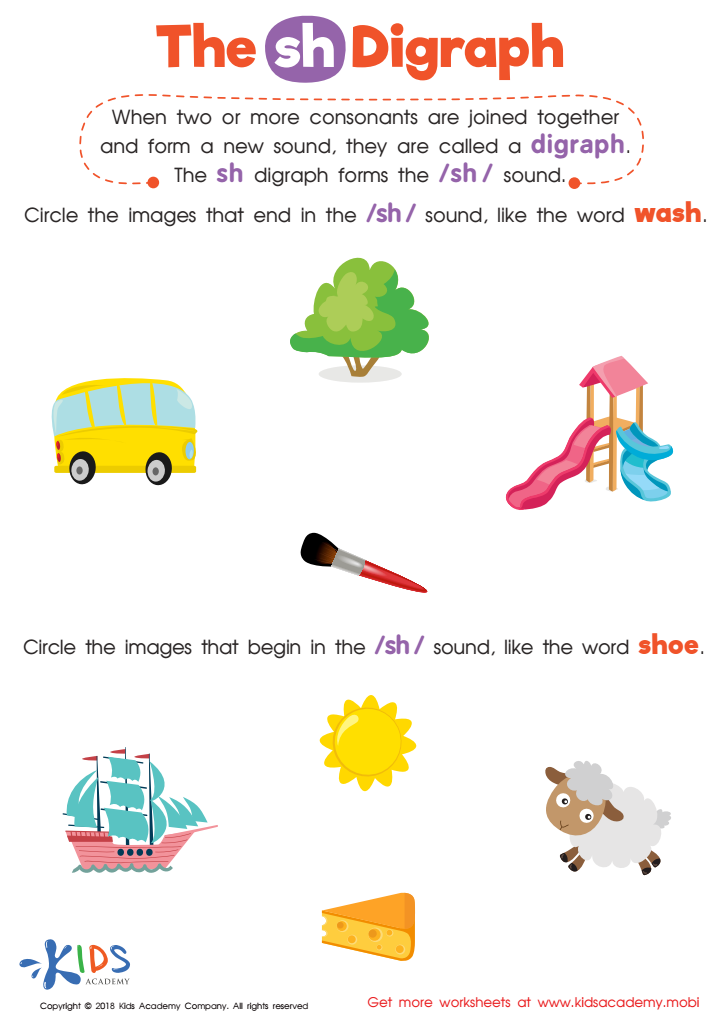

The SH Digraph Worksheet


Consonant Blends: "Dr" and "Tr" Printable
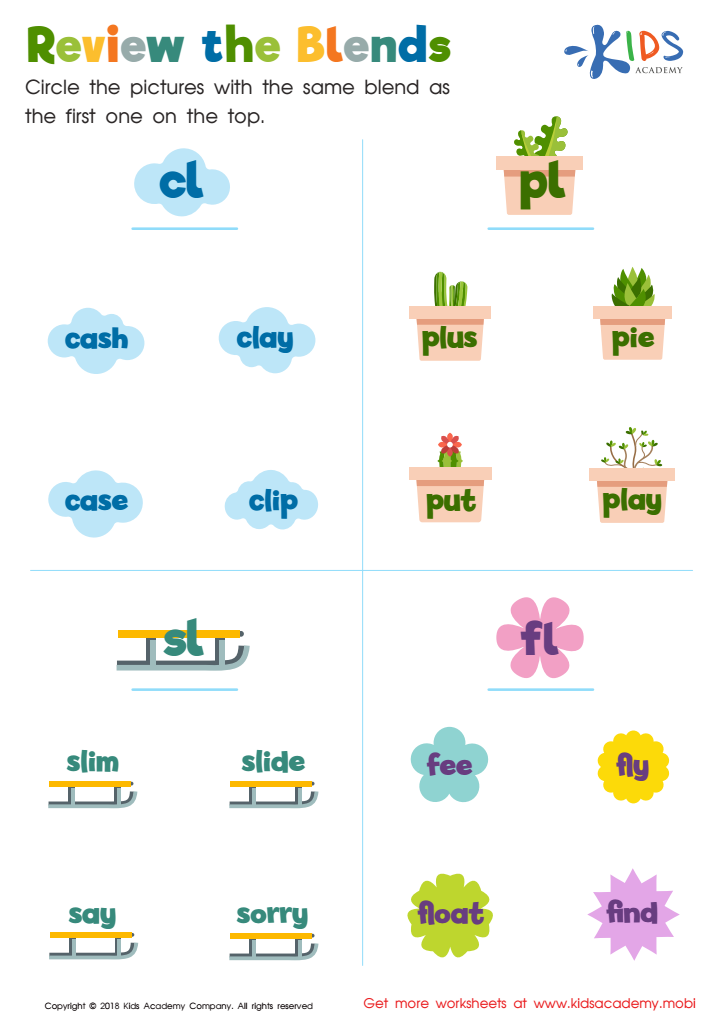

Review the Blends Worksheet
Reading comprehension is essential for students' academic success and overall development, which makes understanding normal consonants critical for parents and teachers. Comprehension begins with deciphering letters and phonemes, and normal consonants play a vital role in that foundational stage. These basic sounds provide the building blocks for decoding words and constructing sentences, giving children the ability to read fluently and understand texts.
When students confidently recognize normal consonants, they can read unfamiliar words more easily, facilitating enhanced vocabulary acquisition and comprehension skills. This is especially important as they progress to more complex texts in higher grades. By learning to address consonants in reading, children gain confidence that encourages a lifelong love of reading and curiosity.
Parents and teachers should also be aware of the significant role they play in fostering a supportive reading environment. By employing strategies such as phonics games, stories, and guided discussions, they can help children practice and reinforce their understanding of consonants. This targeted focus not only improves their reading skills but also contributes to stronger overall communication abilities. In essence, prioritizing reading comprehension and normal consonants empowers children for academic success and helps cultivate critical thinking skills for their future.
 Assign to My Students
Assign to My Students














